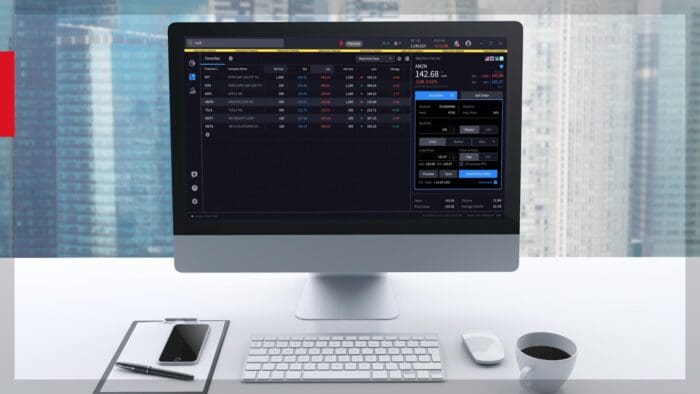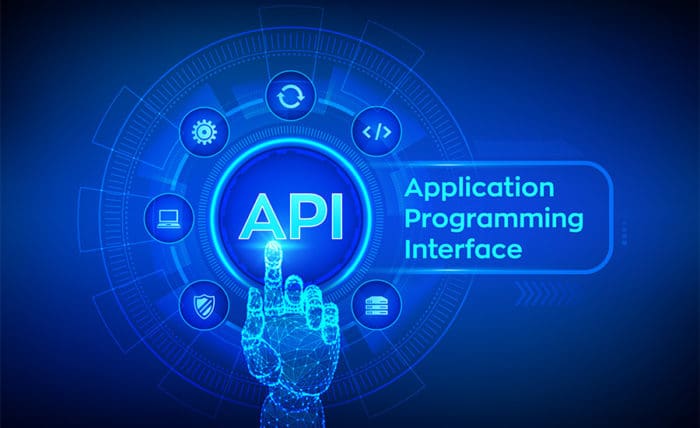Key Takeaways
- Private credit’s role continues to evolve, with a focus on specialized and complex transactions, as public market conditions stabilize and traditional financing options regain traction.
- Despite higher-risk borrowers, default rates in private credit are converging with those in public markets, reinforcing private credit’s maturation as an asset class and a viable fixed income alternative.
- With expected total returns of 8.5%–10% in 2025, private credit remains attractive for yield-seeking investors willing to accept illiquidity in exchange for higher return potential.
Private credit has been one of the most talked-about segments in fixed income markets over the last few years, with investors increasingly looking for ways to understand its role in portfolios. In a recent conversation on the Basis Points podcast, I spoke with Vishwanath Tirupattur, Chief Fixed Income Strategist at Morgan Stanley, about where private credit stands today, how it competes and complements public credit, and what investors should expect in 2025.
Understanding Private Credit
While many investors are familiar with public credit markets—investment-grade corporate bonds, high-yield bonds and syndicated loans—private credit remains less understood. Vishy described private credit as an umbrella term, but in its most common form, it refers to direct lending by non-bank lenders. Unlike public debt, private credit is not syndicated, lacks public ratings and does not trade in open markets, meaning valuations rely on third-party assessments. However, it typically offers stronger lender protections and customized loan agreements, making it an attractive alternative in certain situations.
The Competitive Landscape: Public vs. Private Credit
One of the key takeaways from Morgan Stanley’s recent report, The Road Ahead for Private Credit in 2025, was how improved funding conditions have fueled intense competition between public and private credit. As Vishy explained, the dynamic has shifted significantly over the past few years:
- In 2022 and early 2023, heightened macroeconomic uncertainty and aggressive Federal Reserve rate hikes made deal execution in public credit markets less predictable. This created an opening for private lenders to step in and gain market share.
- By 2024, as public market conditions stabilized, some deals that had previously been financed in private credit returned to public markets. However, instead of eroding private credit’s role, this evolution helped each market define its own space.
- Larger, more standardized deals have trended back toward public markets, while private credit has focused on more complex, specialized transactions—such as smaller deals, distressed situations or issuers with unique financing needs.
This competition has led to a degree of convergence in spreads and covenant structures, particularly in higher-quality transactions. However, private credit continues to offer a unique advantage for issuers who may not find a strong public market bid, creating a complementary relationship between the two segments.
Default Trends: Public and Private Convergence
With any discussion of credit markets, defaults are always top of mind. While private credit typically involves lower-rated borrowers—often the equivalent of B- to CCC in public credit—Vishy noted that default trends across private and public credit markets have been converging. Though measuring private credit defaults is inherently more challenging due to varying definitions and reporting standards, current conditions suggest:
- Leverage ratios have stabilized, and interest coverage metrics have improved at the margin.
- Earnings growth expectations remain positive, which should support credit fundamentals.
- Default rates in private credit are expected to settle in the 3%–4% range, in line with public market expectations.
This convergence further reinforces the idea that private credit is maturing as an asset class and becoming more integrated into the broader fixed income landscape.
What about Returns?
A critical driver of investor interest in private credit has been its yield advantage over public markets. Private credit carries an illiquidity premium, as investors must accept the lack of daily pricing transparency and potential difficulty in exiting positions. According to Morgan Stanley’s expectations, this premium should continue to translate into:
- Total returns of 8.5%–10% in private credit for 2025.
- A 1–2 percentage point spread over broadly syndicated loans in public markets.
For investors willing to accept the trade-offs, private credit remains an attractive source of yield enhancement within a diversified portfolio.
Final Thoughts
As we look ahead in 2025, private credit and public credit are not simply competing but coexisting in a way that enhances the overall efficiency of credit markets. While private credit’s share of deal flow may ebb and flow depending on macroeconomic conditions, its role as a solution for complex or illiquid transactions remains firmly in place.
—
Originally Posted February 19, 2025 – Public vs. Private Credit: Finding Their Lanes in 2025
Join The Conversation
For specific platform feedback and suggestions, please submit it directly to our team using these instructions.
If you have an account-specific question or concern, please reach out to Client Services.
We encourage you to look through our FAQs before posting. Your question may already be covered!
Leave a Reply
Disclosure: WisdomTree U.S.
Investors should carefully consider the investment objectives, risks, charges and expenses of the Funds before investing. U.S. investors only: To obtain a prospectus containing this and other important information, please call 866.909.WISE (9473) or click here to view or download a prospectus online. Read the prospectus carefully before you invest. There are risks involved with investing, including the possible loss of principal. Past performance does not guarantee future results.
You cannot invest directly in an index.
Foreign investing involves currency, political and economic risk. Funds focusing on a single country, sector and/or funds that emphasize investments in smaller companies may experience greater price volatility. Investments in emerging markets, real estate, currency, fixed income and alternative investments include additional risks. Due to the investment strategy of certain Funds, they may make higher capital gain distributions than other ETFs. Please see prospectus for discussion of risks.
WisdomTree Funds are distributed by Foreside Fund Services, LLC, in the U.S. only.
Interactive Advisors offers two portfolios powered by WisdomTree: the WisdomTree Aggressive and WisdomTree Moderately Aggressive with Alts portfolios.
Disclosure: Interactive Brokers Third Party
Information posted on IBKR Campus that is provided by third-parties does NOT constitute a recommendation that you should contract for the services of that third party. Third-party participants who contribute to IBKR Campus are independent of Interactive Brokers and Interactive Brokers does not make any representations or warranties concerning the services offered, their past or future performance, or the accuracy of the information provided by the third party. Past performance is no guarantee of future results.
This material is from WisdomTree U.S. and is being posted with its permission. The views expressed in this material are solely those of the author and/or WisdomTree U.S. and Interactive Brokers is not endorsing or recommending any investment or trading discussed in the material. This material is not and should not be construed as an offer to buy or sell any security. It should not be construed as research or investment advice or a recommendation to buy, sell or hold any security or commodity. This material does not and is not intended to take into account the particular financial conditions, investment objectives or requirements of individual customers. Before acting on this material, you should consider whether it is suitable for your particular circumstances and, as necessary, seek professional advice.



















Thanks